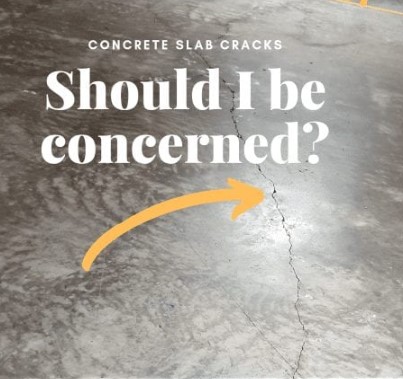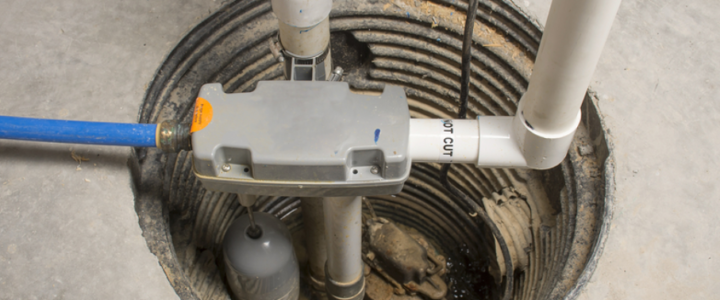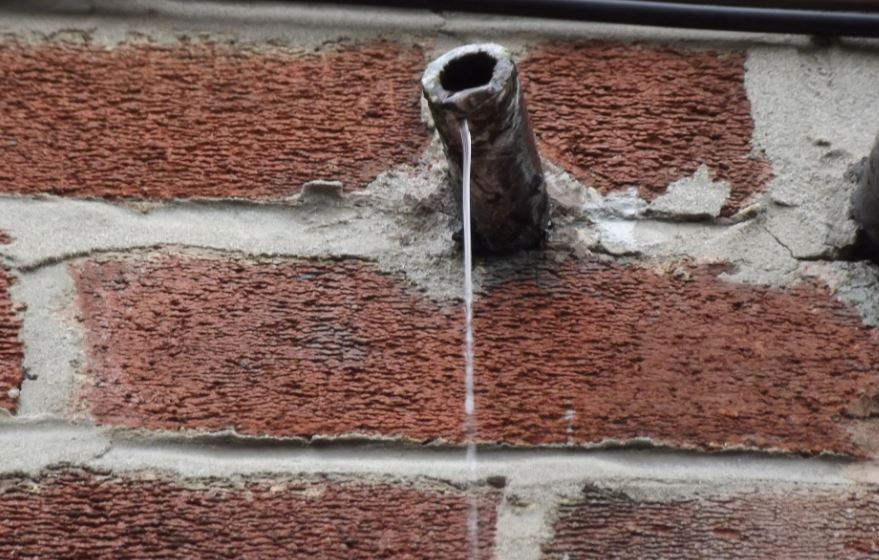
Getting cracks in concrete repaired is a great idea. This is especially true if you have a pool, garage, driveway, or any other type of structure that uses concrete. This will prevent them from damaging your property, and will also give you a longer life for the structure.
Identifying the problem
Identifying the causes of concrete cracking is essential. It will help you choose the appropriate repair methods and procedures. In addition, knowing the type of crack can reduce the likelihood of future deterioration.
The size and depth of the crack can help determine the repair methods and materials you need to use. Small cracks are easy to repair, while larger cracks may need more specialized methods. If the crack is more than 1/4 inch wide, it may be necessary to fill the crack with concrete or a filler material.
Poorly compacted soil
Using properly compacted soil is one of the best ways to prevent concrete from cracking. Choosing a qualified concrete contractor is also a must. They can install a drainage system to protect the concrete.
The most important thing to remember is that your concrete is not as stable as the soil it rests on. If you have uneven cracks, they can become tripping hazards. You may also want to consider replacing the soil with crushed rock.
The top reason for cracking concrete is the lack of proper soil compaction. Poorly compacted soil will sink under the weight of concrete, causing it to crumble and move.
Poorly placed control joints
During the early stages of concrete construction, poorly placed control joints can lead to cracking and durability problems. These cracks may not only lead to water ingress, but also corrosion of reinforcement steel. These cracks may also affect the aesthetic appearance of the concrete.
Concrete slabs should be cured properly to prevent cracking. Concrete joints should be positioned at the appropriate depth and width to allow the slab to settle. These joints can be filled with flexible joint sealing compounds or polyurea. These materials can improve the life of the joint and reduce costs over time.
Tree roots
Putting a big tree in your front yard might seem like a good idea. The problem is that trees can also damage your concrete. Taking preventative measures can save you from having to deal with concrete damage later on.
One of the most common problems with concrete is cracks. These cracks are often caused by tree roots. A concrete floor or sidewalk can be damaged by tree roots, and you may need to replace or have a professional repair the concrete in question.
The best way to prevent tree damage to your concrete is to take preemptive measures. Depending on the size and location of your tree, there are some ways to keep your concrete slabs from getting crushed.
Hydraulic shrinkage
During the course of concrete curing, shrinkage may cause dimensional instability of concrete members. This is usually a sign that the concrete is weak and requires repair. The repair of cracks in concrete is a common procedure. However, this process is very costly and can cause long-term maintenance costs.
There are two types of shrinkage: drying shrinkage and plastic shrinkage. While both types cause cracking, drying shrinkage is a more common phenomenon. It is caused by the evaporation of part of the moisture from the concrete surface.
The rate of evaporation is usually aggravated by high ambient and concrete temperatures. The evaporation rate should be less than 0.2 Ib/ft2/h.
Thermal shrinkage
During the setting of concrete, the temperature of the air and concrete affects the rate at which moisture evaporation takes place. The rate of moisture evaporation is also affected by the relative humidity of the air and concrete.
Though thermal shrinkage can be prevented, Inadequate curing can result in long-term problems.
Cracks in concrete occur due to a variety of factors. Depending on the type of concrete, cracking can be caused by water ingress or thermal contraction. They can also be caused by construction movement and loading. Having an understanding of the causes of cracking and their remedial measures can be beneficial in achieving long-term concrete integrity.
Swelling
Often, the structural integrity and durability of concrete structures are compromised by cracking. These cracks can lead to water ingress and corrosion of reinforcement steel, which threatens the safety and integrity of the structure. A qualified remedial repair contractor can extend the service life of concrete structures.
There are a number of causes of cracking. A few of the most common are oxidation of internal reinforcement, drying shrinkage, thermal movement, and water ingress. In addition, cracking may occur before the concrete has hardened. It is important to diagnose the crack and find a proper repair solution.


